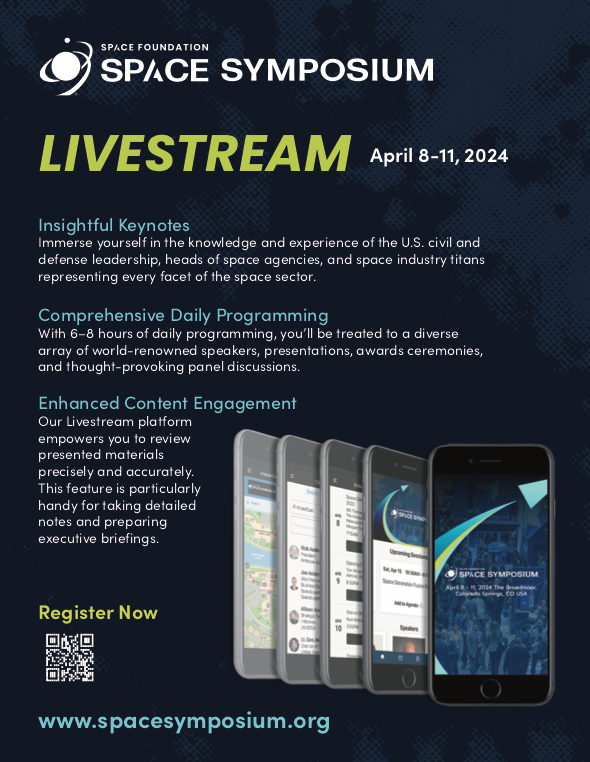Mobile connectivity is set to become as ubiquitous as the sky within the next 12 months. There are two transformational initiatives underway as it relates to eliminating coverage gaps in terrestrial networks. The mobile industry, represented through the 3GPP standards body, has aptly named all such networks as ‘non- terrestrial networks’ or NTN.
The first initiative that everyone is familiar with are broadband satellite internet services that involve a dedicated satellite terminal, such as Starlink or OneWeb. These services exclusively operate in the higher Ku- or Ka-band frequency bands (12-40 GHz).

The more recent movement is the introduction of direct-to-device or direct-to- cell networks, which operate in lower frequency bands, such as L- and S-band (1-2 GHz) and allow ordinary cellular devices to send and receive data directly over satellite.
Unlike GPS or GNSS, which is present in almost every cellular device today, the advent of direct-to-cell connectivity allows you to not just receive data but also send data over satellite (full 2-way connectivity). This means that, quite soon, cellular carriers are going to be able to augment their existing networks with satellites in a way that eliminates all coverage gaps — including over the oceans.
What is NTN + Direct-To-Device Connectivity?
NTN represents air and space-borne platforms providing connectivity to users on the ground, of which satellites form the dominant platform. Mobile satellite networks, capable of rendering a direct-to-cell service, cover vast geographical areas, reaching places that cannot be serviced economically by laying cables or building towers.
Satellite infrastructure has been around for decades. So far, though, satellite protocols and satellite equipment have been bespoke in nature, meaning that they have required specifically-designed terminals or specially designed devices (such as satellite phones).
The major shift that has occurred is the advent of new, industry standards, namely the Release 17 of the 3GPP, which extends standard cellular protocols or waveforms to NTN. Any smartphone, wearable device, sensors, and more that are built using chipsets and modules using this new industry standard, can support satellite connectivity.
Additionally, these new standards do away with the need for proprietary satellite modems and expensive antennas, using the exact same hardware that is used for cellular in its place. This makes satellite connectivity far more accessible than ever before possible.

Why Now?
If you’re using an iPhone 14 or an iPhone 15, the Motorola Defy 2 Android smartphone (powered by Skylo), or the Huawei Mate 60 Pro, you already have a satellite communications device in the palm of your hand.
The world’s largest OEMs and chipset makers have invested the past few years in integrating satellite connectivity into standard smartphones. The connectivity needs of people, enterprises and Government organizations have also evolved rapidly in the past five years, with more consumers willing to invest a premium to insure their connectivity which in turn is directly linked to safety.
While satellite-based SOS service is just the start, this has set off a type of cambrian explosion in direct-to-device satellite connectivity — resulting in smartphone makers, smartwatch makers, IoT companies, car manufacturers, and carriers adapting NTN to meet the connectivity needs of their user base. While not all approaches today for direct-to-device connectivity use the 3GPP standard, my prediction is that most cellular devices coming online in the next 12 to 24 months will incorporate a 3GPP standards-based NTN waveform, such as Narrowband-NTN, and offer 2-way data services, either directly through the OEM or through the carrier.
Why This Matters To The Cellular Industry
One of the most immediate and impactful promises of NTNs is the ability to bridge the existing digital divide. There remains large swathes of the planet — including remote regions, rural areas and vast ocean expanses — where terrestrial networks are either economically unviable or technically challenging to deploy.
Additionally, think about those ‘micro-holes’ of coverage when traveling cross country, or when off of the main road, or even when hiking in a local preserve. NTN will elevate your overall connectivity experience, as a complementary augmentation (not a replacement) to your current cellular service.

Laying cables or setting up towers in sparsely populated or difficult-to-reach areas can be prohibitively expensive. For instance, according to the Wireless Infrastructure Association (WIA)1, 141,100 cell towers and 452,200 outdoor small cell nodes exist within the U.S.
The cell tower and small cell nodes are typically only installed in more densely- populated areas, with the build cost of the former coming in at around $300K each2. This means that there is a critical population density below which it almost always makes sense for carriers to consider NTN.
Why This Should Matter
This new capability is exciting because generations after us are going to be born into a world where connectivity is practically taken for granted on all cellular devices. What are the big global challenges that we’ll solve with this new mode of connectivity? Let’s consider the following examples...
Personal safety — you’re now able to summon emergency response services anywhere, even when there is no cell coverage available. You can track your family, your pets, and your important stuff, no matter where.
Disaster recovery — if there’s a natural disaster, such as abforest fire or a tsunami, terrestrial cell networks are almost always impacted. NTN will provide you with an always-on, always-available communication channel in such a scenario, and allow public service personnel to keep you informed and safe.
Automotive safety — with vehicles becoming increasingly connected, NTNs ensure that there are no blind spots — be it in remote roads, mountain passes, or isolated areas. By building in direct connectivity, vehicles can be remotely tracked or even automatically alert a service center in the unlikely event of an accident.
Transparent supply chains — with satellite connectivity now available at the truck, container, or even pallet level, supply chain managers can track and monitor the location, movement, and status of their valuable goods anywhere in the world. This ensures more efficient route planning, better asset utilization, enhances security, and improves overall operational efficiency. Additionally, fleets can switch to terrestrial networks when available, optimizing communication costs and bandwidth usage.
Maritime economy — fishermen, merchant vessels, tankers, and all forms of boats need connectivity to stay safe and conduct business. Now, satellite connectivity is available not just to the larger vessels but also the smallest fishing vessels, democratizing access to data for the most crucial parts of the maritime economy.
Farming economy — farmers around the world are turning to data to sustainably improve productivity. This includes all forms of connectivity such as for sensors in the soil to better track water consumption, or trackers placed on herds of free-range cattle to keep farming operations running efficiently, resulting in higher-quality produce for consumers and higher revenue for farmers.
Defense and security — The military is one of the largest users of NTNs for secure and reliable communications with warfighters, surveillance and intelligence operations, and for gathering data across a vast number of sensors for enhanced, AI-augmented battlefield management. This capability is already transforming how wars are fought.
There will be thousands of new applications that spring forward, as developers around the world introduce new solutions that take advantage of direct-to- device connectivity. The list above doesn’t even scratch the surface of how NTN will be called into action in the coming years.
In Conclusion
Non-Terrestrial Networks represent a transformative leap in the mobile industry. Their integration into ordinary cellular devices has already started knitting a global fabric of connectivity that will change the way people, businesses, and governments communicate in historically unconnected and underconnected geographies.

At Skylo, we’re thrilled to work with our customers and partners to make this happen, ensuring a quick transition to a world where you never lose coverage.
References
2https://dgtlinfra.com/how-much-does-it-cost-to-build-a-cell-tower/

Parth Trivedi
Author Parth Trivedi is CEO and Co-Founder of Skylo Technologies, the world’s most ubiquitous non-terrestrial network (NTN)


